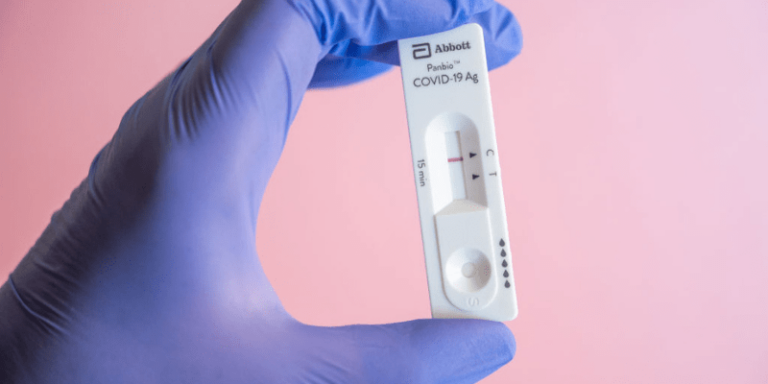The Coronavirus Data Gap: Is Rapid Testing the Answer?
Only more testing can give us the information we need.
By: Onar Åm | April 13, 2020 | 431 Words

(Photo Illustration by Marcos del Mazo/LightRocket via Getty Images)
Researchers from all over the world have been racing to make a faster, easier, and cheaper COVID-19 test. Without checking everyone, there’s no way of knowing who has Coronavirus. There’s a gap in the data, but rapid testing can help fill it.
In America, Abbott Laboratories developed a quick test that was approved in record time by the Food and Drug Administration. President Donald Trump announced that America had reached one million tests and that the Abbott kit is part of his administration’s plan to ramp up even more aggressive testing, which will be an invaluable tool in combating the pandemic.
The Need For Good Data
Of the one million tested, 16% showed positive for the Wuhan Coronavirus. If this number is representative of America as a whole, nearly 50 million people are already infected. This figure would be extraordinarily good news for the country. It would mean that the disease is far less deadly than previously thought.
However, we don’t know the exact number. The trouble is that we have highly limited and uncertain data. The professionals are mostly guessing.
That is why mass and surveillance testing is of crucial importance. Knowing the real number of infected people will help the modelers to say with much higher accuracy and certainty how many respirators may be needed and how many are likely to die.
Some Indicators
Researchers at Stanford University warn that far more people are infected without symptoms than the confirmed cases and that the reported death rates are “orders of magnitude too high.” To prove their point, Drs. Eran Bendavid and Jay Bhattacharya said that 0.9% of the people evacuated from Wuhan were infected. That is 30 times higher than the official infection rate reported by the Chinese authorities at the time.
An Atypical Disease
If aggressive testing confirms the findings of Drs. Bendavid and Bhattacharya, it explains the mysteriously rapid spread of the disease. It implies that most people who are infected never get ill or develop symptoms and just spread it to others. But while the virus is harmless to most, a small group of people among the sick and elderly become critically ill with a high chance of death or organ damage.
If it turns out that millions of Americans are already infected, the country is well on its way toward developing herd immunity, which will help protect those at risk by slowing the spread. It would also mean that the economy can reopen sooner than anticipated.
All these hypotheticals are still highly uncertain, and there is only one way to improve the data: extensive testing.
















